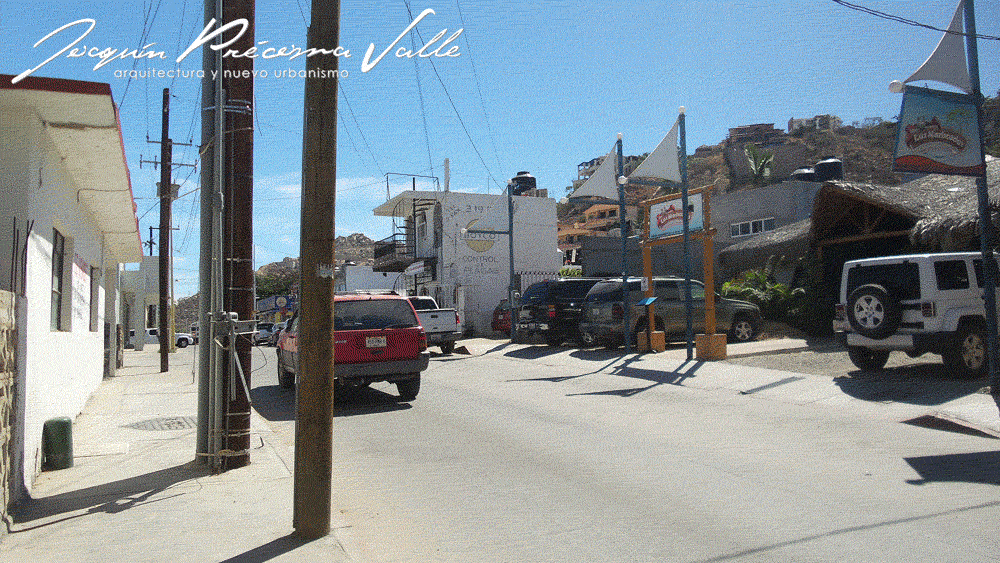By 2014 the world were 7,181'970,114 - seven billion one hundred eighty-one million nine hundred seventy thousand one hundred and fourteen - inhabitants. Only in China were assembled 1 360'738,000 – one billion three hundred and sixty million seven hundred and thirty-eight thousand - representing almost 19% of the world population and ranks as the most populous country and leading source of tourism in the world with an expenditure of more than 120,000 million dollars per year. Not surprisingly, many schools started teaching Chinese as a second or third language, displacing English and for a few hundred billion dollars, moving not only the language but United States as the world’s largest economy this year.
The megaproject Dragon Mart Cancun is an attempt to attract all tourism and capital that China offers to the world and besides it is now in the spotlight by its major ecological issues and the permits irregularities, the project involves the development of 192 hectares and an investment of over 200 million dollars. Does it sound tempting? Definitely! Mexico has become attractive to the Chinese public and currently hosts more than 11,000 inhabitants with a growth rate of 14.8% in the last decade.
If the Chinese tourism seems attractive to you, I have a better public now. This group contains more than 10% of world tourism and represents between 15 and 16% of total tourism spending which represent 185,000 million dollars per year, beating the Chinese audience in more than 55% and with a growth rate of 10.3% per year against to an overall growth of 3.8%. Do you want to hear more of them?
They are characterized mostly by being a financially independent group with the highest statistics of professionals and postgraduates, childless and without fixed commitments that allow them to spend more than 40% of the rest of the population in personal products and over 57% in tourism and recreation, representing approximately 1,000 dollars per person more than the average, in addition to more frequent travel independent of international temporality that depends on school holidays. By having more money to spend on them, they look for Premium products and services including the more expensive and exclusive hotels and the most renowned restaurants.
Their main source of information is through virtual media and generally in specific applications and groups for them. More than 700 million have any smart phone model, representing a significant reduction in advertising investment for the concerned companies but also a great challenge in communication like never before. A positive or negative opinion of any member of this group will travel anywhere to millions of users and will be important for them in deciding a destination, hotel or service.
They have achieved the attention of major international destinations like Amsterdam, Ibiza, Paris, Rio de Janeiro, London, Montreal, San Francisco, New York and Buenos Aires and in our country they have Puerto Vallarta and recently Cancun and Playa del Carmen, as well as important companies which currently offer specialized services as Club Med, Melia, Delta Airlines, Disney Resorts, Royal Caribbean and Aeromexico. Do you know which group I mean?
I'm sure you guessed right, the group currently represents the best opportunities to do business - inside and outside of tourism - is the Gay public or LGBTTI, by the acronym of its members: Lesbian, Gay, Bisexual, Transsexual, Transgender and Intersexual. The company Gay Fitur calls Pink Money the income obtained worldwide of this very profitable group and if you stop to analyze all the data I showed you, you'll soon find a way to give them a space. Despite the backlash you could be thinking, according to a survey by the Pew Research Center in 2013, in Western countries there is a growing openness towards the Gay population being Germany in the lead with 87%, followed by Spain, Canada, Czech Republic, Argentina, France, Italy, Mexico and the US reaching 60%, among others.
If you are worried about their expressions of affection in public or the acceptance of your regular audience, you must consider that the rules are up to you. Contrary to the general perception, as they represent a more studied public, they are also more respectful of the imposed limits as the establishments treat them as respectful as they are with any of their clients and nobody at the front desk objects to give them a King suite for a pair of two men or women. You must also consider that the whole group I present today has a variety of people looking for different things and open up to them not represents to break all paradigms but to simply offer packages and amenities to suit them.
Are you interested in Gay Tourism and do not know where to start? Contact Us! Sure we’ll find an attractive alternative to generate very profitable business in your way.
JPV
If tou want to read more about this theme, you can visit our sources at:




